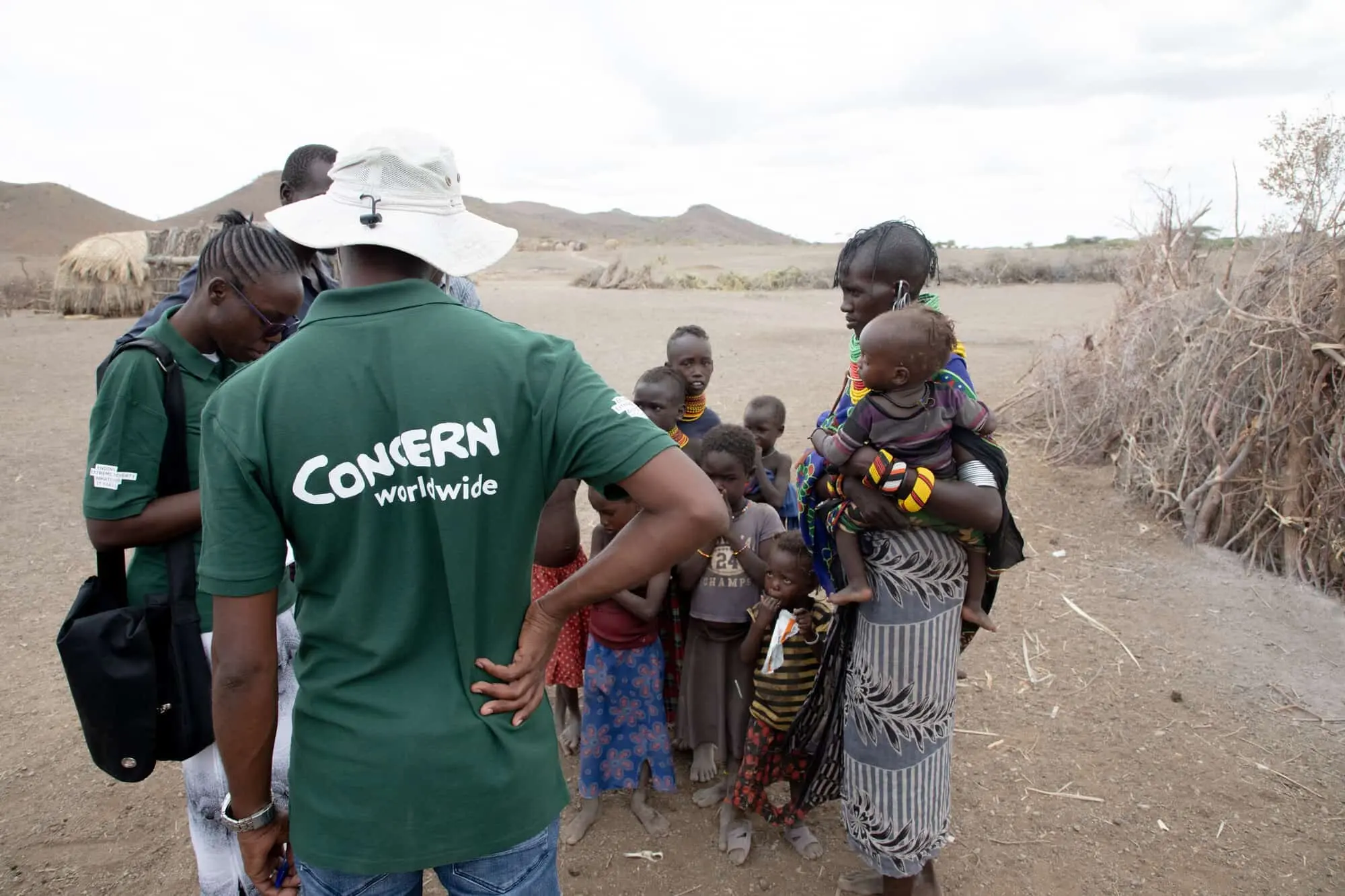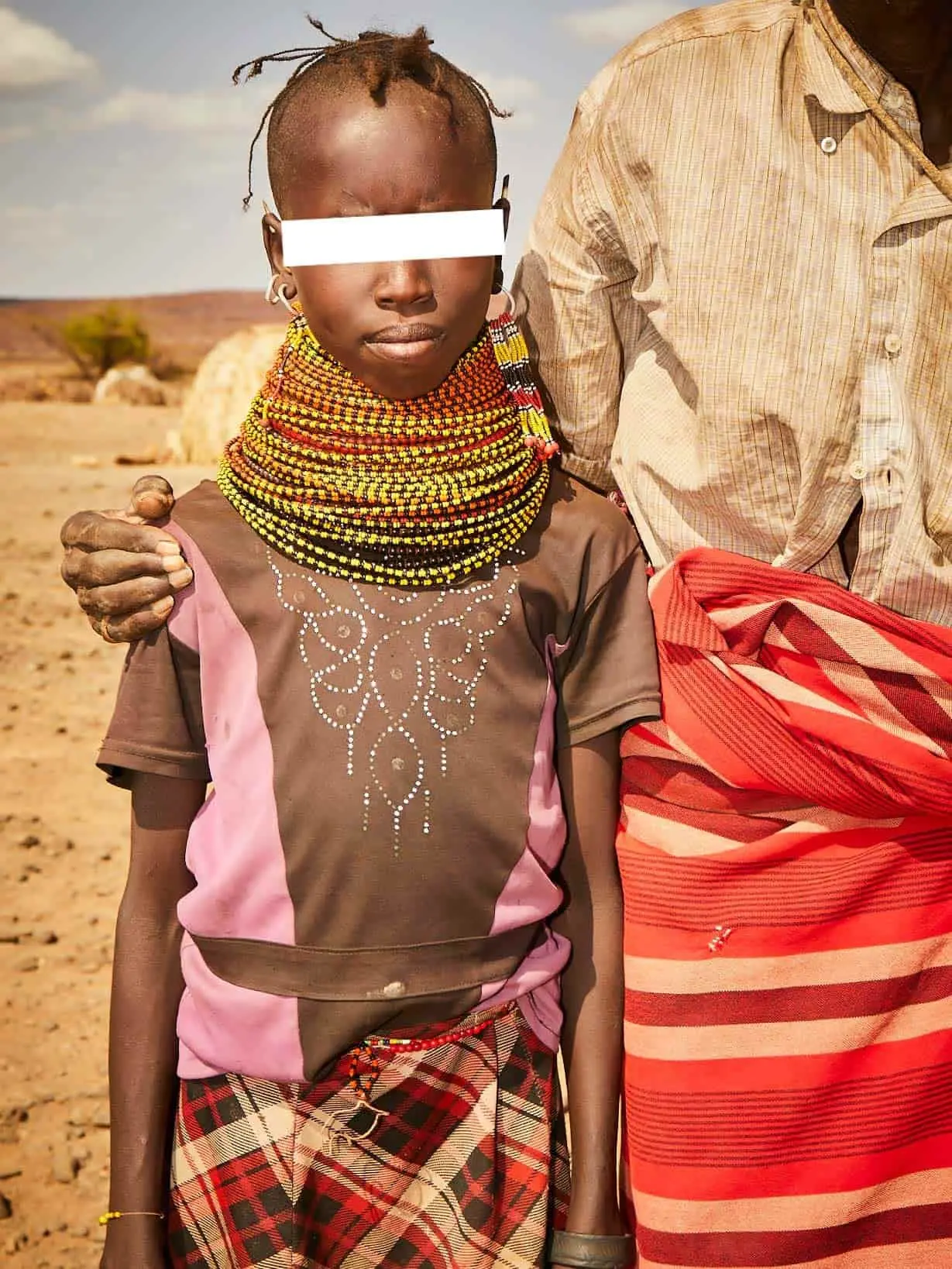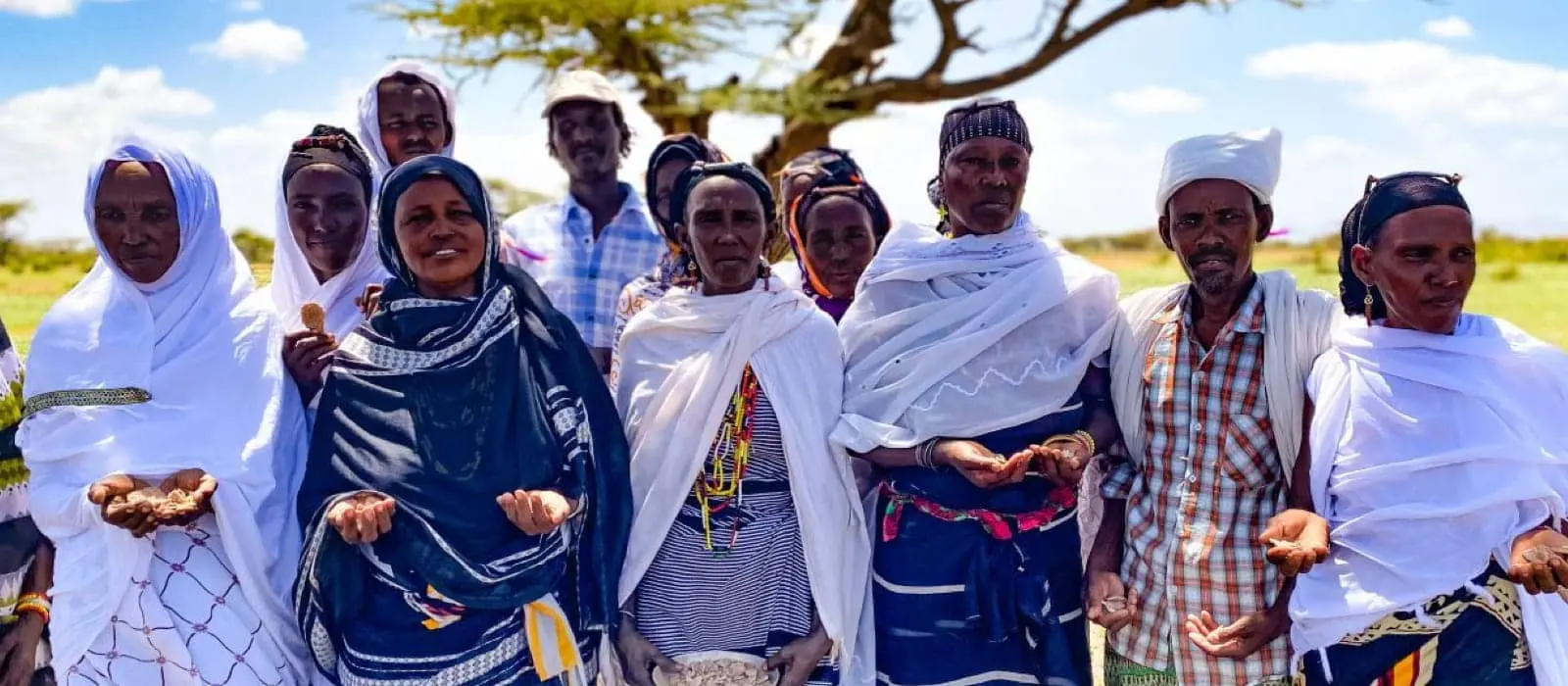The United Nations estimates 385 million children are currently living in extreme poverty. This is important, because the way that poverty affects children is different from how it affects adults — and such impact can have a lifetime of consequences. Here are 5 of those consequences.
Currently, the United Nations estimates that nearly 385 million children around the world are living below the international poverty line. They also have fewer options available to them to break the cycle of poverty given that they have less agency than adults, and are often the subjects of abuse and mistreatment as a direct result of poverty. Here are five ways that poverty hits children the hardest.
1. Children are more than twice as likely to live in extreme poverty than adults
First things first, children in poverty are hit hardest because they’re hit more often. According to a 2016 report published by UNICEF and the World Bank, children are more than twice as likely to live in extreme poverty than adults. In low- and middle-income countries, 19.5% of children were in families living below the poverty line, compared to just 9.2% of adults. In some regions, such as sub-Saharan Africa, the proportion of children living below the poverty line jumps to nearly 50%. UNICEF also revealed that the younger children are, the greater their risk: More than 20% of children under the age of 5 in these countries were living in extremely poor households.
The first 1,000 days of a child’s life are crucial for how they may grow and progress into adulthood, in terms of health, nutrition, cognitive development, and more. This means that, practically from birth, nearly 400 million children are being set up for a lifetime of challenges and unfulfilled potential.

2. Children in poverty are more likely suffer early nutritional deficiencies that have lifelong impact
As mentioned above, the first 1,000 days of a child’s life are critical in their growth and development over time. This begins even before birth with prenatal nutrition. Unfortunately, many expecting mothers in low-income countries don’t have the knowledge or resources they need in order to set their babies up for success. Hunger can have an outsized effect on maternal health.
In Chad, for example (one of the hungriest countries in the world), young mother Ache spent her first pregnancy malnourished. Her son, Maimouna, was frequently ill as a result. During Ache’s second pregnancy, Concern provided her with fortified flour that improved her health and nutrition, as well as training in breastfeeding. Both of these interventions have helped her young daughter, Bahar, to live a healthier life so far.

All of this speaks to the larger research around stunting (when a child has low height for their age). A stunted child may also have a poorer immune system, brain function, and organ development. Performing below average in these areas may also limit their future productivity and threaten the health of their future children, creating a vicious cycle.
3. Children in poverty are less likely to receive a quality education
Many of the poorest countries in the world are also those that have the poorest education rates. According to UNESCO, if all students in low-income countries just had basic reading skills (nothing else), an estimated 171 million people could escape extreme poverty. However, a number of barriers to education exist around the world, and many of these have a larger impact on children living in poverty.
For many children in this situation, however, education is a luxury that their family cannot afford. Young boys are often conscripted into child labor (or, in more fragile contexts, militias) in order to help supplement their household income. Young girls are frequently married off as children in an attempt to get them set up with a provider and to ease the expenses of a household with limited resources. In both of these cases, once these transitions happen, it’s highly unlikely that they’ll return to the classroom.
4. Extreme poverty is linked to multiple forms of child abuse
Dovetailing with a lack of education are several forms of child abuse that are correlated with extreme poverty. For young girls, forced marriage can be a form of abuse in and of itself, on par with sexual exploitation. It also leaves girls vulnerable to other forms of mistreatment including domestic, sexual, and gender-based violence.
UNICEF estimates that, if efforts to continue the elimination of child marriage aren’t accelerated, more than 150 million girls will marry before their 18th birthday by 2030. That’s in addition to the 650 million girls and women alive today who were married as children.

For young girls (and boys) who evade child marriage, child labor is also a common negative coping mechanism for poverty-stricken families. Recent global estimates from UNICEF, the International Labor Organization, and the World Bank suggest that 168 million children ages 5-17 are engaged in child labor, often leaving them vulnerable to slavery and slavery-like practices.
5. Children in poverty have statistically shorter life expectancies
Higher educational attainment can also be correlated with lower mortality rates, as studies over the last several decades have suggested. In fact, while a popular 1975 study correlated wealth with longer lifespans, recent research from Vienna’s International Institute for Applied Systems Analysis posits that it’s more education than wealth that prolongs a person’s life.
The good news amid all of this is that these effects of poverty on children can all be addressed. Social protection initiatives geared towards supporting the world’s youngest citizens are a given in higher-income countries. Data from the United Nations and independent organizations also show positive results in protecting vulnerable children as a means of accelerating results across the UN’s Sustainable Development Goals (some of which directly address protecting children). With a cross-sector commitment and the right support, we can make this happen.
Children and poverty: Concern's response
Concern’s work is grounded in the belief that all children have a right to a quality education, access to healthcare, and the social protections that encourage a creative and fulfilling childhood. Our solutions to poverty are rooted in these beliefs, as well as the specific causes of poverty in any context.
Health and nutrition
Concern helped to create Community Management of Acute Malnutrition (CMAM), a model for treating malnutrition that was adopted as best practice by the United Nations in 2007. We’ve also piloted the next generation of CMAM, CMAM Surge, a means of preparing local health systems for anticipated upticks (or surges) in malnutrition. CMAM continues to save millions of young lives every year in more than 60 countries.
Education
Our work in education focuses on increasing access to education, improving the quality of teaching and learning, and providing safe and encouraging learning environments. This includes education in fragile contexts, whether that means reaching young Syrian refugees living in Turkey and Lebanon, or keeping kids in school during an epidemic like Ebola, or in the wake of a natural disaster such as Typhoon Haiyan. We especially strive for equality in education, and in 2018 alone our education programming reached over 360,000 girls around the world.
Psychosocial support
We also foster safe spaces for children to simply be kids. In Iraq, for example, we reached over 1,200 Syrian refugee children and their caregivers through our protection program, which provides child-friendly spaces and psychosocial support. Here, children — many of whom have lost family members, been subjected to domestic violence, and/or been displaced several times — are able to play, learn, and make new friends in a safe and caring environment.


